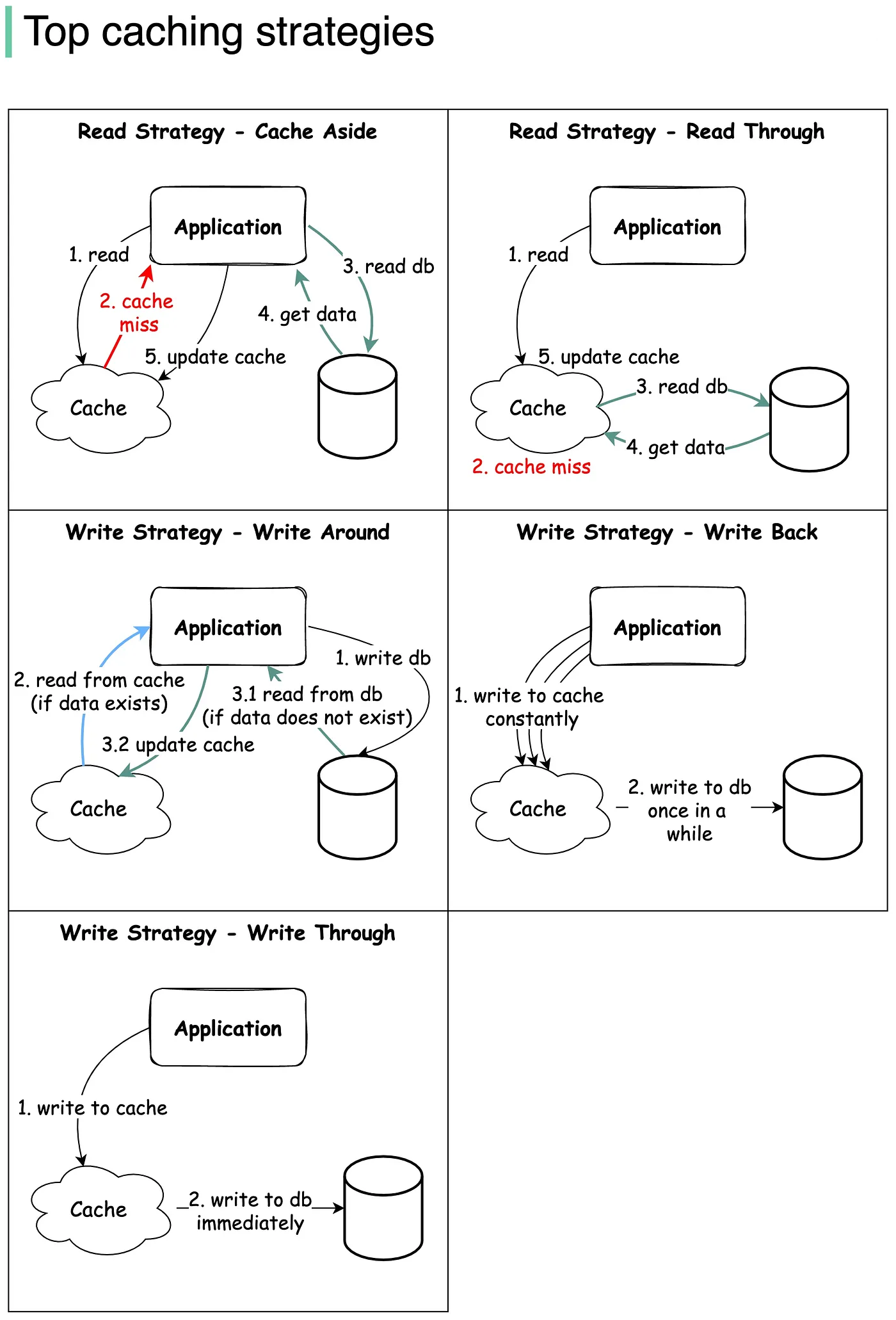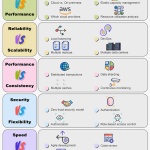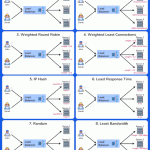The database is a critical component to application performance. The difference between a well-performing and poor-performing database can be the most impactful factor on overall application performance. Database challenges like query processing speed, cost to scale, and ease of data access make finding an optimized balance difficult. It is difficult to accommodate for all three among many other considerations.
What is database caching?
Database caching is a buffering technique that stores frequently-queried data in temporary memory. A cache is a high-speed data storage layer which stores a subset of data that is often read requested. This transient storage layer results in future requests for this data to be served up faster than is possible by accessing the primary database.
For example, your application requests user information from the database for the first time, this request goes from application server to database server and returns back the requested information. With caching, this user profile is stored closer to the requester after initial read, and there is a significant reduction in query processing time and database workload for all subsequent read requests for that data.
What are the benefits of database caching?
Performance:As touched on briefly, database caching improves the performance of a database by making data more easily accessed. The cache acts as a sort of “keyboard short-cut” or “hot-key” for the application to reference data that it frequently is calling upon.Availability:While not a 100% failover strategy, caching also provides benefits to overall database availability. Depending on where the cache is stored, the cache can still provide a place for the application to call upon for data in the case of the primary database server becoming unavailable for any reason.Scalability:Similarly to added high availability, database caching has a positive effect on scalability. While it shouldn’t be your main consideration for a database scaling strategy, implementing caching to improve database performance reduces your database workload, therefore distributing backend queries across entities.
What are the different database caching strategies?
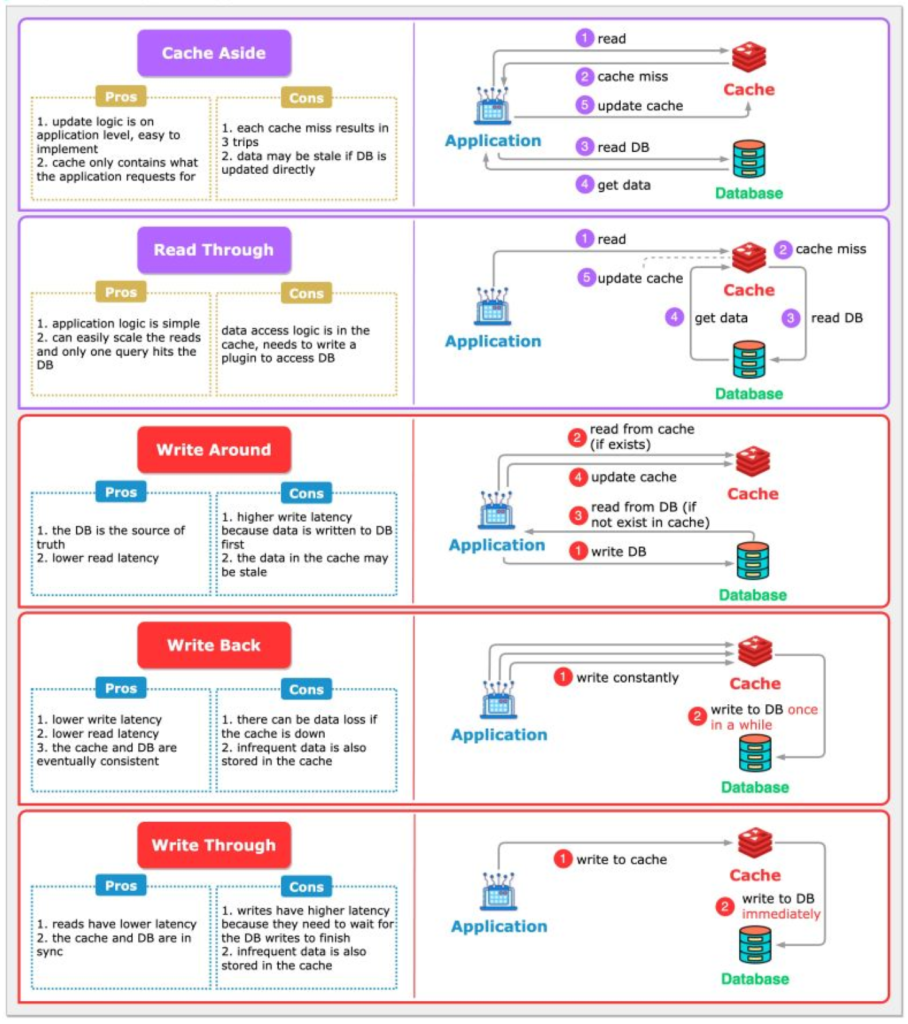
- Cache-aside
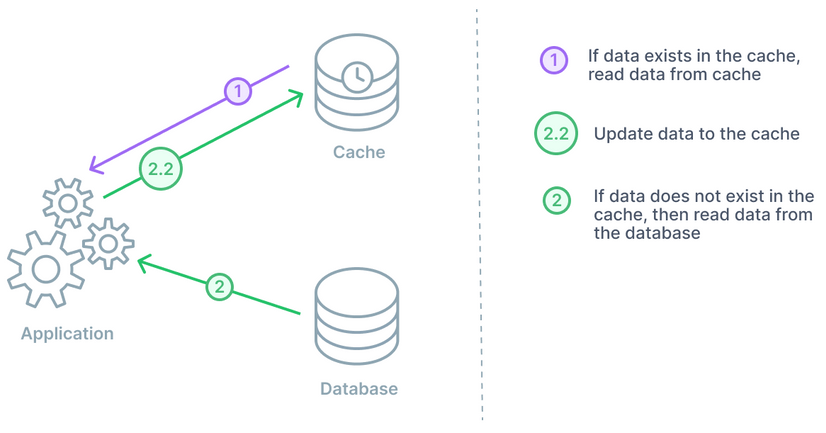
- Read-through
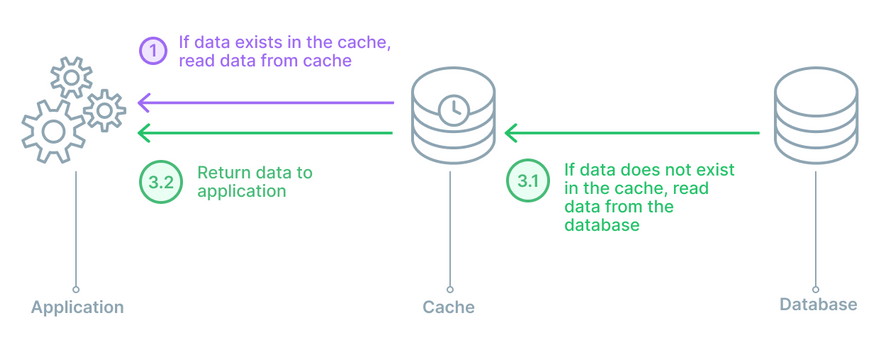
- Write-through

- Write-back

- Write-around
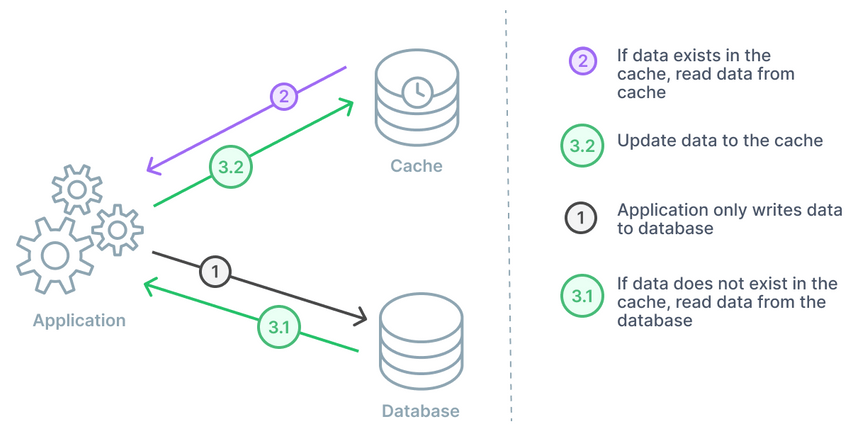
Conclusion
Configuring a caching strategy that optimizes your cache and database workloads can have a major positive impact on the performance, availability, and scalability of your application. It is critical to know where to start and what options you have.

